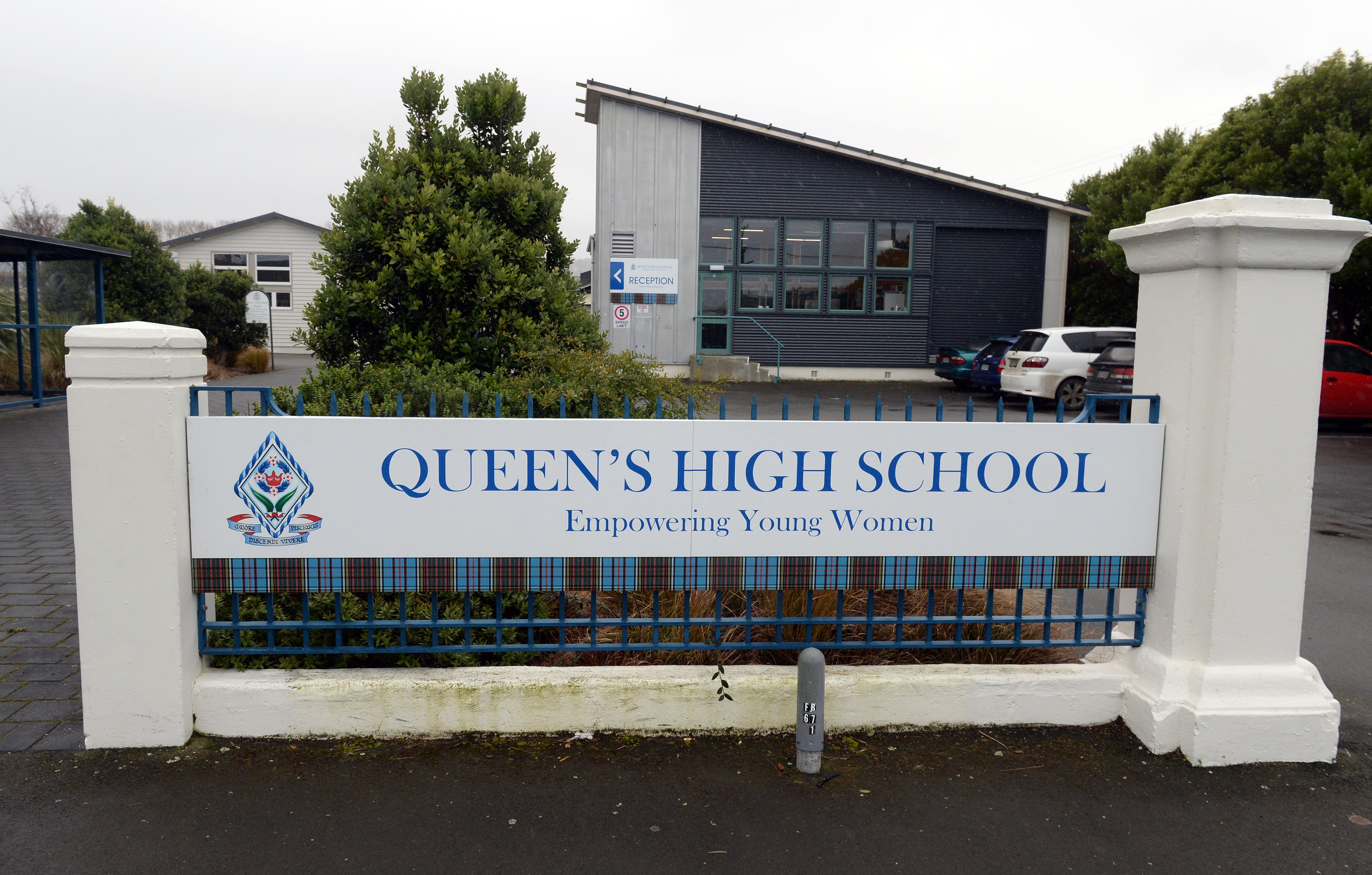
Its roll seeped away over 16 years to only 338 in 2019. Under principal Barbara Agnew, who has been in charge since the end of 2016, its fortunes have turned around.
It grew by about 80% to 615 pupils this year.
That is a stellar result for a school that has been out of fashion, one that is also on the South Dunedin flat drawing from a mix of socio-economic suburbs. One of Queen’s golden eras was 1975-94 under larger-than-life charismatic principal Pat Harrison, later Dame Patricia.
The standard of Dunedin secondary schools has been uniformly sound, making it particularly challenging for those that lose popularity.
The growth is precipitating space shortages, and the Ministry of Education has implemented measures towards an enrolment scheme. Those inside the home zone will have first rights to attend. Siblings of current pupils will be next in line, while other out-of-zone applicants will be subject to a ballot, though a significant number of places could still be available if the home zone is tightly zoned.
Tahuna Normal Intermediate School is outside the proposed zone, as is the Peninsula, sparking understandable concern among parents. Some families have long-standing traditions of sending their children to Queen’s, while others argue for the importance of a single-sex education option.
Public consultation closes on Thursday. The ministry liaises with the school board, and a decision is expected to be reported by term 4. The scheme would apply from next year.
It would be unfortunate if the home zone had to remain as restricted as in the proposal. But that might depend on how pupil numbers are calculated and on the feedback.
While the principal, naturally, would like more classrooms built, she recognises the reluctance of the ministry in the present climate.
The Ministry has a responsibility for spending taxpayers’ money, and Dunedin co-ed schools have the capacity for additional pupils. And just as schools surge in popularity, they also decline, leaving stranded assets.

Otago Girls’ High School has had an enrolment scheme for many years because of its roll and restricted space. Pupils from much of North Dunedin and West Harbour fall outside its home zone, leaving them without a single-sex state school option.
Sometimes, and not always for entirely rational reasons, schools get on a roll. Success and quality, as measured by popularity, breed success. Over the decades, various schools have boomed. Kaikorai Valley College was highly sought-after in the 1960s and 1970s, while Logan Park was bursting at the seams with more than 1000 students in the mid-1980s.
Single-sex and co-ed predilections also alter with changing times and attitudes.
Given Dunedin’s overall rolls, there was discussion at one time of consolidation and shutting one school, perhaps King’s. But its roll surged, then slipped and then surged again. Otago Boys’ High School experienced a slump about 30 years ago.
Schools sometimes have programme strengths that attract certain parents and pupils. It is argued that Queen’s, for example, is strong in kapa haka and tikanga Mâori.
Dunedin’s secondary schools, including the integrated schools of Trinity Catholic College, John McGlashan College, St Hilda’s Collegiate School and Columba College, are all small by city school standards. This brings both advantages and drawbacks. Even Dunedin’s largest school, Taieri College, which includes years 7 and 8, is relatively modest at 1255 pupils this year.
Other considerations being roughly equal, it makes sense for pupils to attend their closest school.
The nature and quality of schools can make a difference. Often, however, that effect is overstated. The choice is not as crucial as anxious parents might think. Pupils with the right motivation and attitudes will do well at any of Dunedin’s schools, while others will struggle regardless of where they are enrolled.












